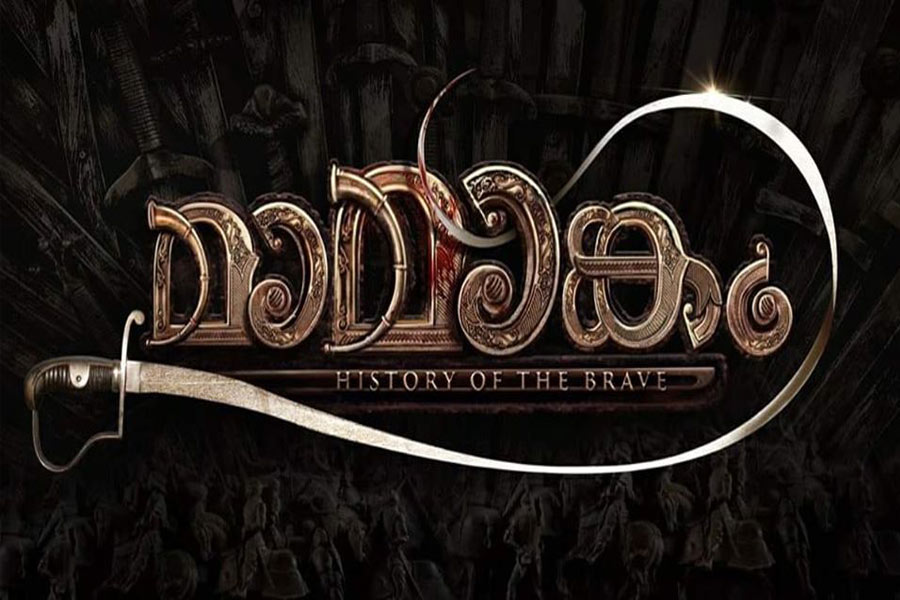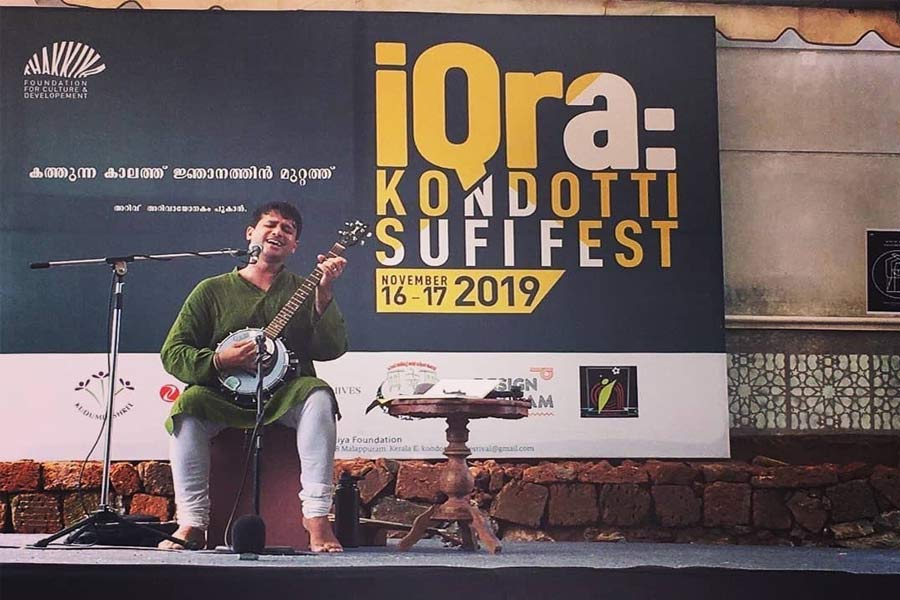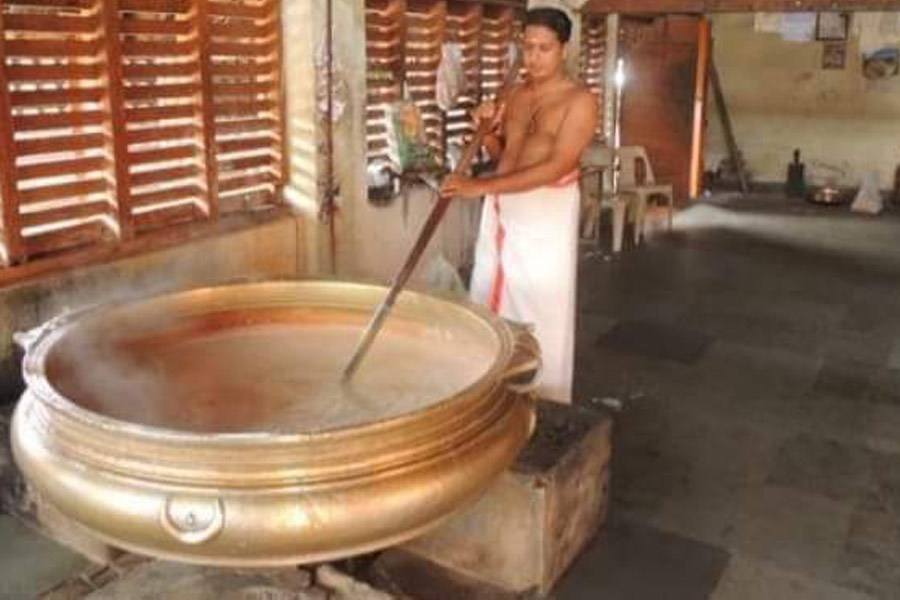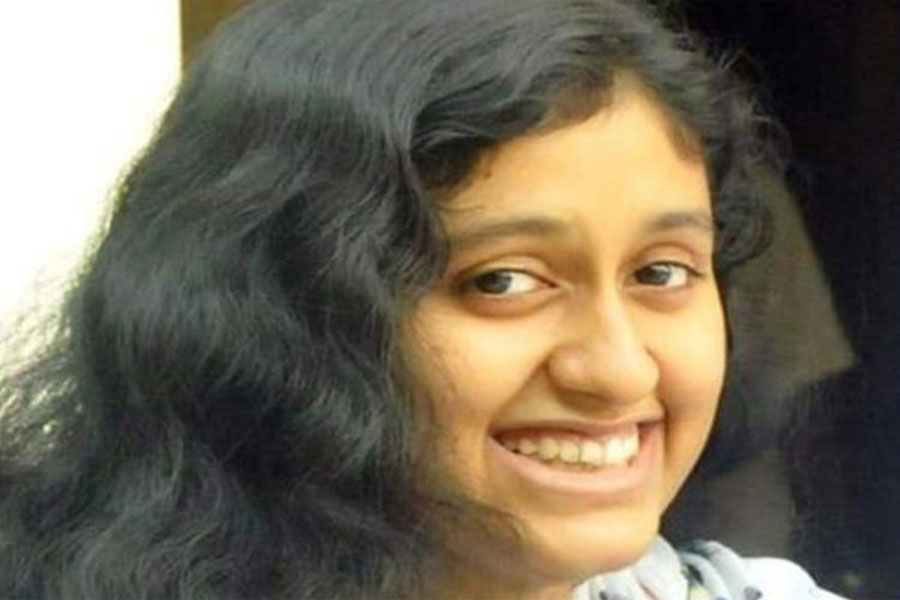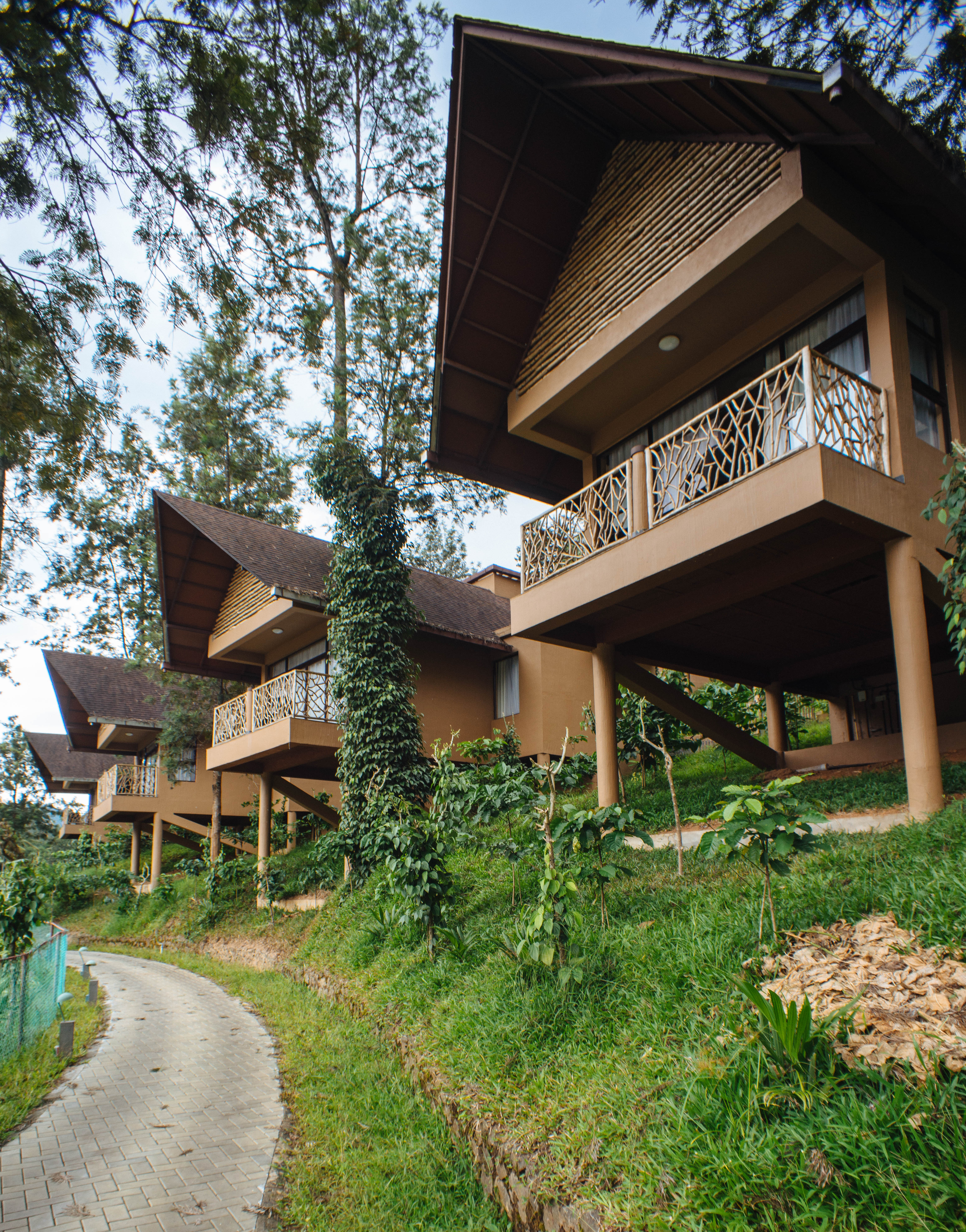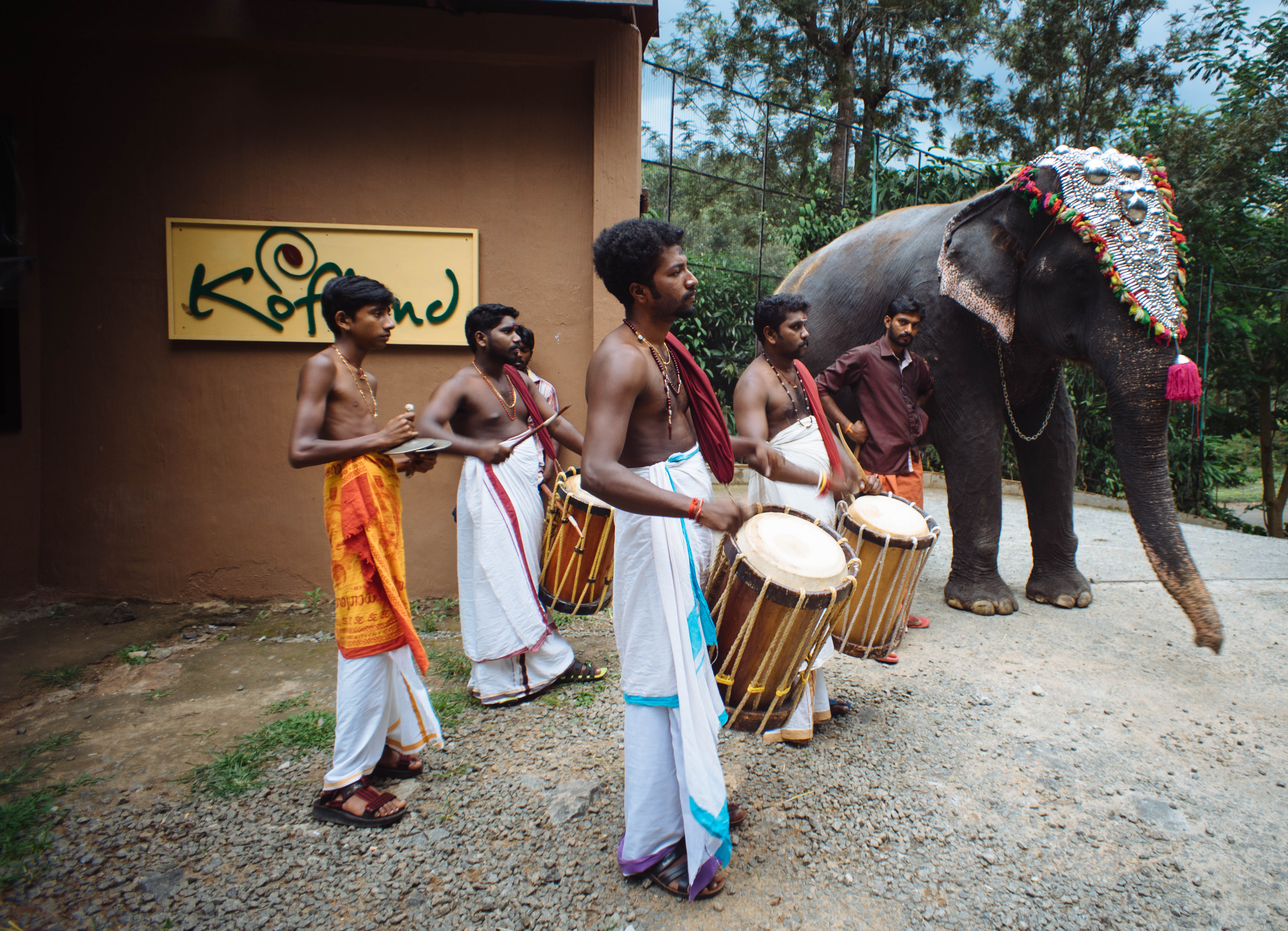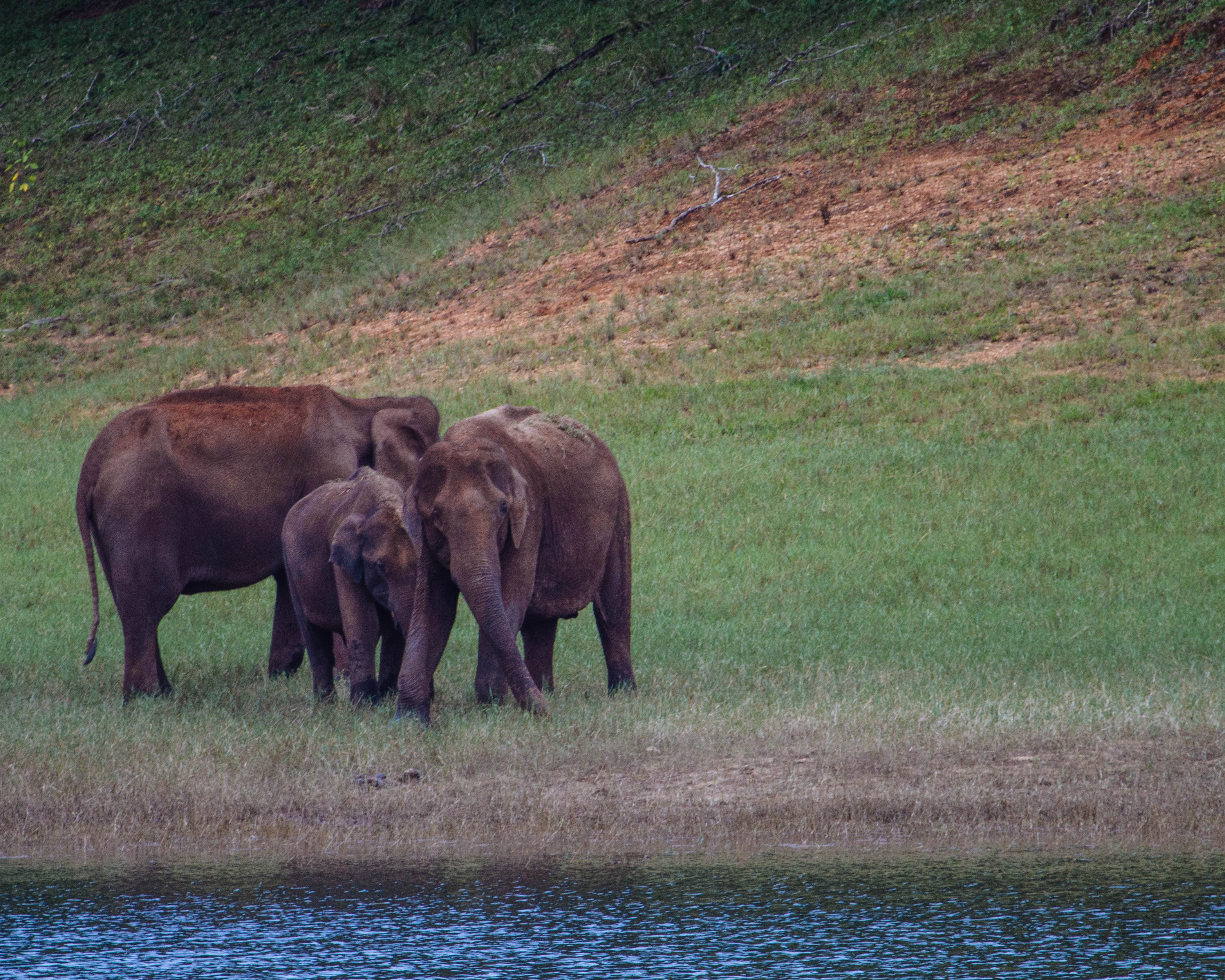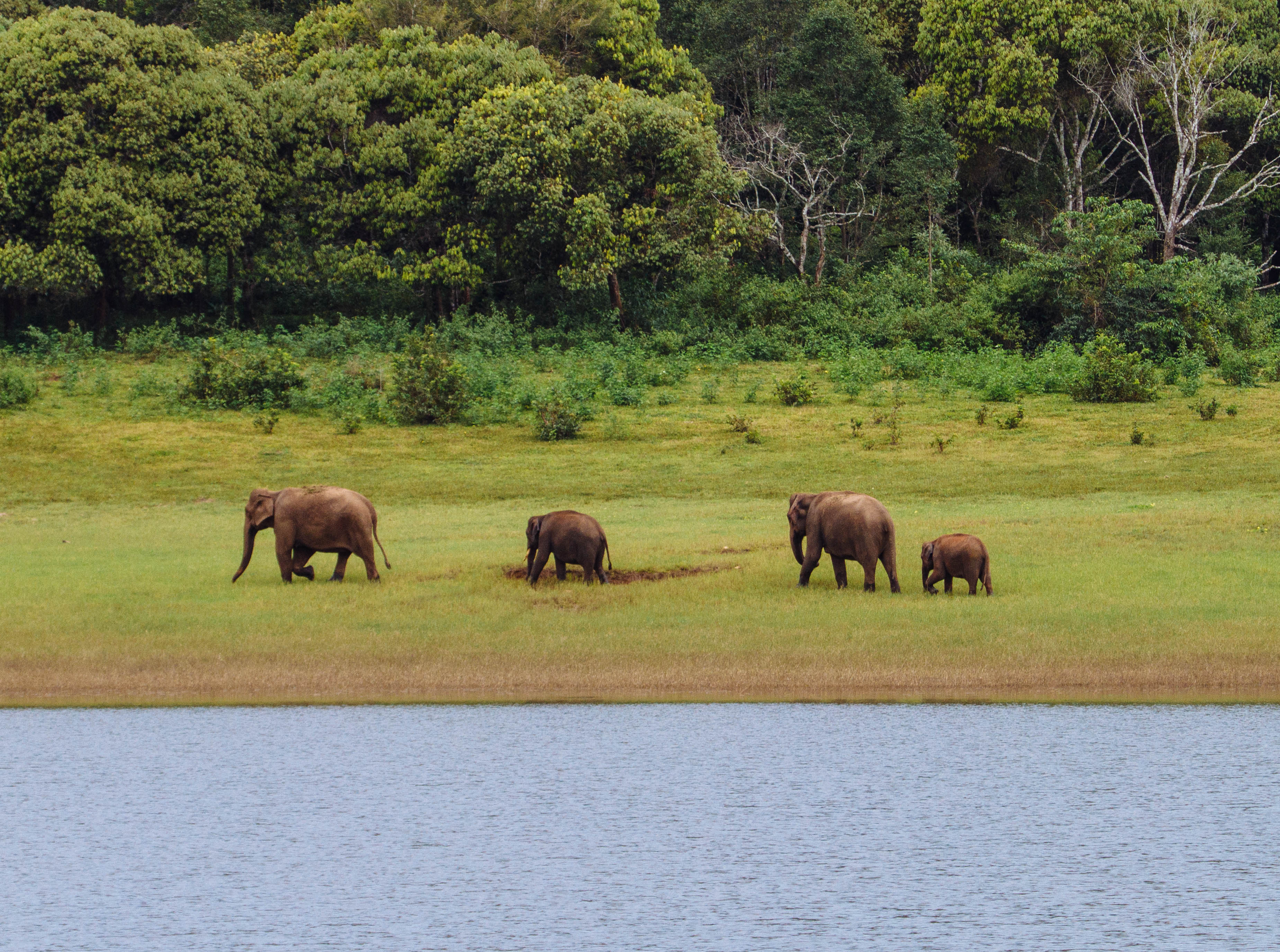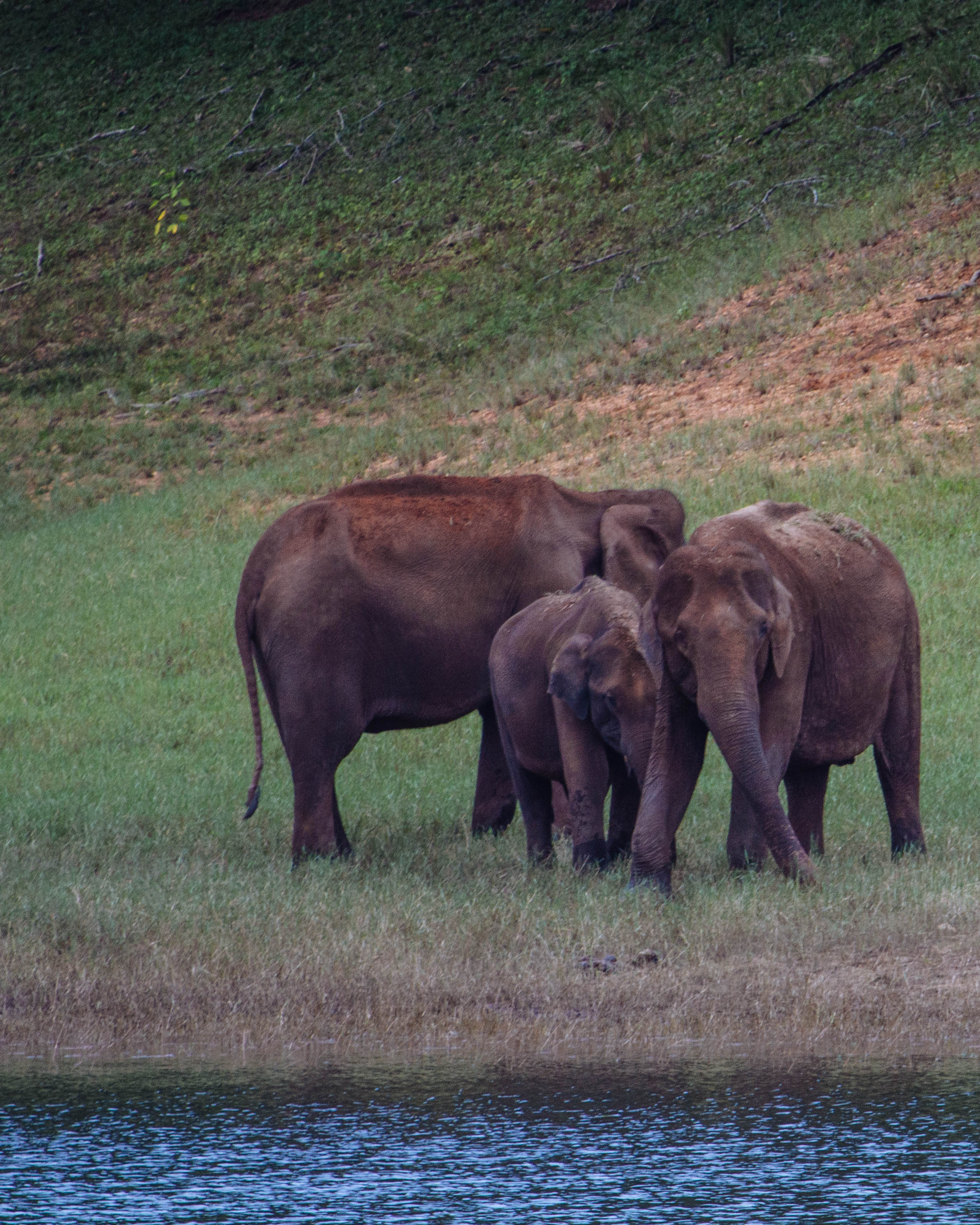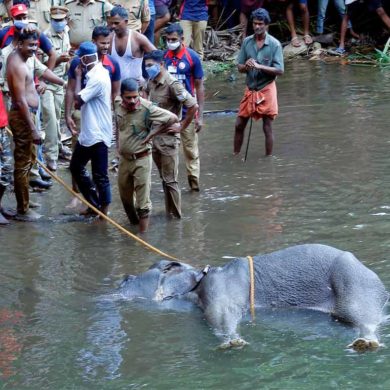This the the second part of the two part series by Alistair Crighton gets deeper into the Western Ghat mountains, exploring remote villages … and then down to the backwaters and Kochi. All photographs by Alistair Crighton, more on his Flickr.
In a trip marked by stunning excursions through beautiful scenery, the drive from Munnar to Thekkady is one of the best. Over three hours we rise from the tropical coffee country to the cooler, almost alpine tea plantations; through difficult mountain passes and along single track roads along precipitous drops.
Our destination is a new star in the Thekaddy luxury scene, Kofiland Resort. Still in its “soft opening” phase when I visited, the luxury chalet accommodation is set in beautiful landscaped grounds, dominated by a large pond where huge carp gulp at the surface and kingfishers dart down to catch smaller fish from the lush trees on the banks.
Soon to offer full ayurvedic medical consultations, Kofiland makes full use of its attached spice farm – in its upcoming treatments, in its kitchens and as a key tourist draw. A guided walk takes you around several acres of intensively managed forest that are the complete opposite of what anyone in the west thinks of as a “farm” as you are shown the plants, bushes, trees, seeds and fruits where exotic spices such as cardamom, pepper, nutmeg, mace (and of course, coffee) come from.
Thekkady and its surrounds are more developed than Munnar – tourism has been been an established part of the economy for decades now – and this is reflected in a raft of local offerings and excursions. The first destination was the Periyar tiger reserve, just a few minutes by car or tuk-tuk form the Kofiland resort.
While some serious treks are available, by far the most popular activities are boat excursions into the waterways, and night safaris. While a little busy, both offer excellent opportunities to see the local wildlife – though the tigers themselves are notoriously elusive, and require more of a serious tour into the heart of the reserve, rather than a quick glance along the fringes.
Still, bison are abundant, as are wild elephant – from personal experience in Nepal and Sri Lanka, a boat is the best place to view these amazing animals, who can have little patience for more adventurous tourists on foot.
Birdlife, too, is excellent: a few hours around the waterways revealed nesting cormorants, cranes, several species of kingfisher and a number of raptors, including Brahmin kits and grey-headed fish eagles.
The main town, Kumily, is well worth exploring. The main street is ringed with bustling, prosperous merchant stores; in Kumily itself these offer a wonderful glimpse into how business is conducted in the absence of supermarkets, malls and department stores; spice merchants; bakeries; jewelers and tailors throng the pavements, touting their wares to passers by and inviting them in for bargains. Nearer Thekaddy and the park itself, the shops become a little more “touristy”, though very well presented and offering plenty of quality souvenirs.
For street food, the local pakora sellers do a roaring trade; my preference was for the spicy, bright orange fried chicken, with battered chili peppers on the side. Some of the bigger resorts, on the main road to Periyar, boast quality sit-down restaurants offering excellent, spicy food – some with licenses for beer and wine to help wash it down.
The restaurant at Kofiland itself, however, proved more than up to the task of offering superb local delicacies in a stunning, open dining room. Breakfast – an excellent local buffet – and the a la carte lunch and dinner were all first rate.
The grounds are so appealing at Kofiland that I took a whole day off from my busy schedule just to explore – and, of course, make use of facilities like the swimming pool and the ultra-luxurious bathroom. After days in jungles, hours in open-topped cars and evenings battling through crowds of pedestrians in busy, gritty towns, the allure of a deep, hot Jacuzzi can be very powerful indeed.
The day after, we’re back on schedule. A 5am schedule, for our best chance of seeing some interesting wildlife. A little over 40 minutes from Kofiland, the nature park at Gavi offers a more intimate, far less crowded experience. Get there early and you might be lucky enough to see bison and elephant at very close quarters in the early mists.
Piling into small canoes, the wetlands here are stunning; our excursion took us to a beautiful island waterfall where we cooled off from the midday sun in perfectly cool, deep pools.
Luckily, I managed to set up an unsanctioned walking tour with an expert guide (who shall remain nameless). He explained that walking tours are on hold for the moment, due to an incident with wild elephants some months previously. Still, the brief route proved particularly invigorating and arduous, clambering up heavily overgrown hillsides, at the end of which I remembered why jungle walks aren’t for everyone: wearing socks with sandals may be the biggest fashion faux pas made by tourists from Europe – but it is one that keeps the leeches at bay!
One of the joys of Kerala is a good exploration will offer some stunning contrasts in scenery, From the beautiful, lush tea plantations of Munnar to the more exotic, tropical foliage of Thekaddy and then, as my visit drew to a close, the other-worldly backwaters along the coast. Saying goodbye to the superb team at Kofiland, I got into a hugely over-priced taxi (my mistake!) and headed for the lowlands.
The village of Pulincunnu is far from any beaten track; home to a friend who helped organise my visit, it’s a sleepy backwater-within-the-backwaters, its main claims to fame are an engineering school and the stunning St Mary’s Church – one of the oldest Syrian churches in the country.
Unfortunately I lacked the time for the full “houseboat” experience – taking in the backwaters form the covered deck of one of the many luxurious barges that wend their away around the sleepy backwaters, but I was lucky enough to tour the waters in a small canoe, aided by a local resident who took me to a particularly seedy toddy shop that can only be accessed by boat. Toddy, a fermented drink made from coconuts, is less reviled than most alcohol in Kerala – slightly sour, refreshing and not-too strong, we used it to wash down plates of fearsome fish curry in the company of local characters. Even as someone who has been around the block a few times, this was one of the “off the beaten track” travel moments that I will relish forever.
The next day , though, was my last. After the peace and tranquility of the previous days, the capital of Kerala, Cochin, is a noisy, bustling, polluted shock to the system — and is worth a much longer stay than I managed. Hill Palace museum in Tripunithura is the former home of Maharaja Rama Varma of Cochin, and quite the reminder of the power and wealth of the political elite who dominated the Raj. Set in stunning grounds, the palace is reached by an impressive staircase; surrounding building are used as museum spaces highlighting the weapons, everyday items, artworks and even the horse drawn carriages used by the royal family.
Elsewhere, I stuck to the tourist routes. The area around the historic Cochin Fort boats a synagogue, and the surrounding area still goes by its far-from-PC old moniker of Jew Town. The area is filled with shops offering all sorts of tourist knick-knacks – and one incredibly impressive antiques emporium that has managed to fit an 80m racing boat under its roof (as well as a host of temple items and even full altar pieces from local churches)
Neighbouring Bazaar Street offers more charms, in that the local merchants can still be seen bulk-dealing in tea, rice, and sugar much as they have done for centuries. As the inevitable afternoon rains gathered I found myself on a ferry – one of the only ways to travel in a city built on myriad islands – watching the sun set on the waterways criss-crossed with boats of all sizes, casting gold shadows onto the crumbling colonial buildings that line the shore.
As an introduction to India, Kerala is near-perfect; the state manages to surprise at every turn, and dispelled for me many stereotypes – while reinforcing one or two others! Keralans I’m told, due to centuries of trade and, more recently, supplying so many overseas workers — are a more worldly bunch than can be found in many other parts of India; as such, it’s more of a slow easing into a different way of looking at the world rather than the sudden, violent cultural shift you may experience in other places. Friendly, accessible and utterly remarkably beautiful, Kerala should be high on list for anyone looking for an alternative tourist destination in the subcontinent
Alistair Crighton was a guest of Kofiland Resort, Thekaddy.


